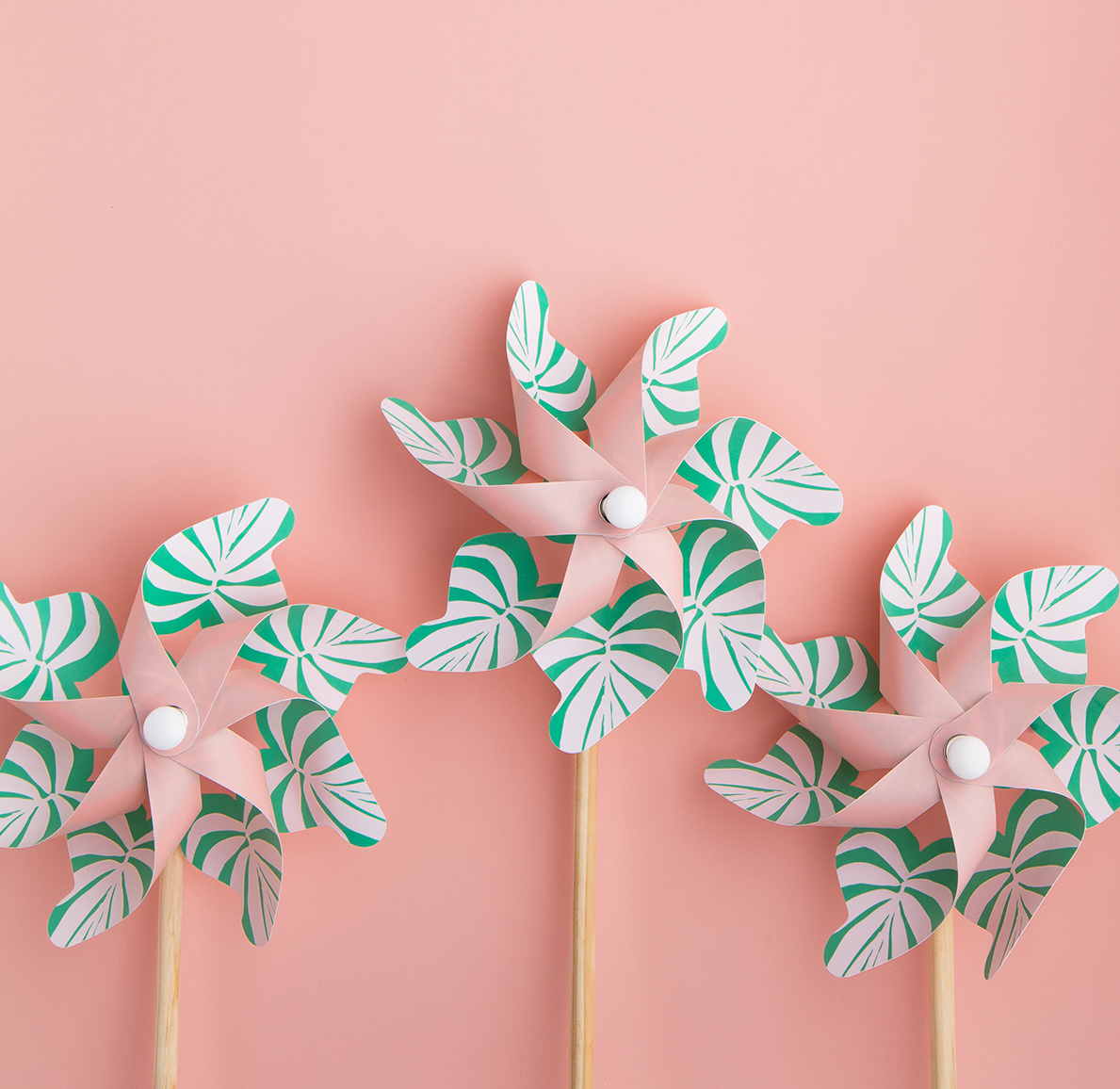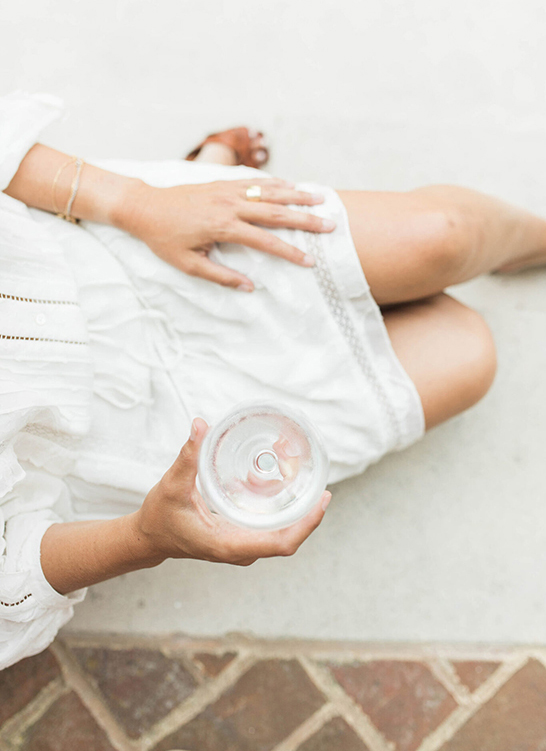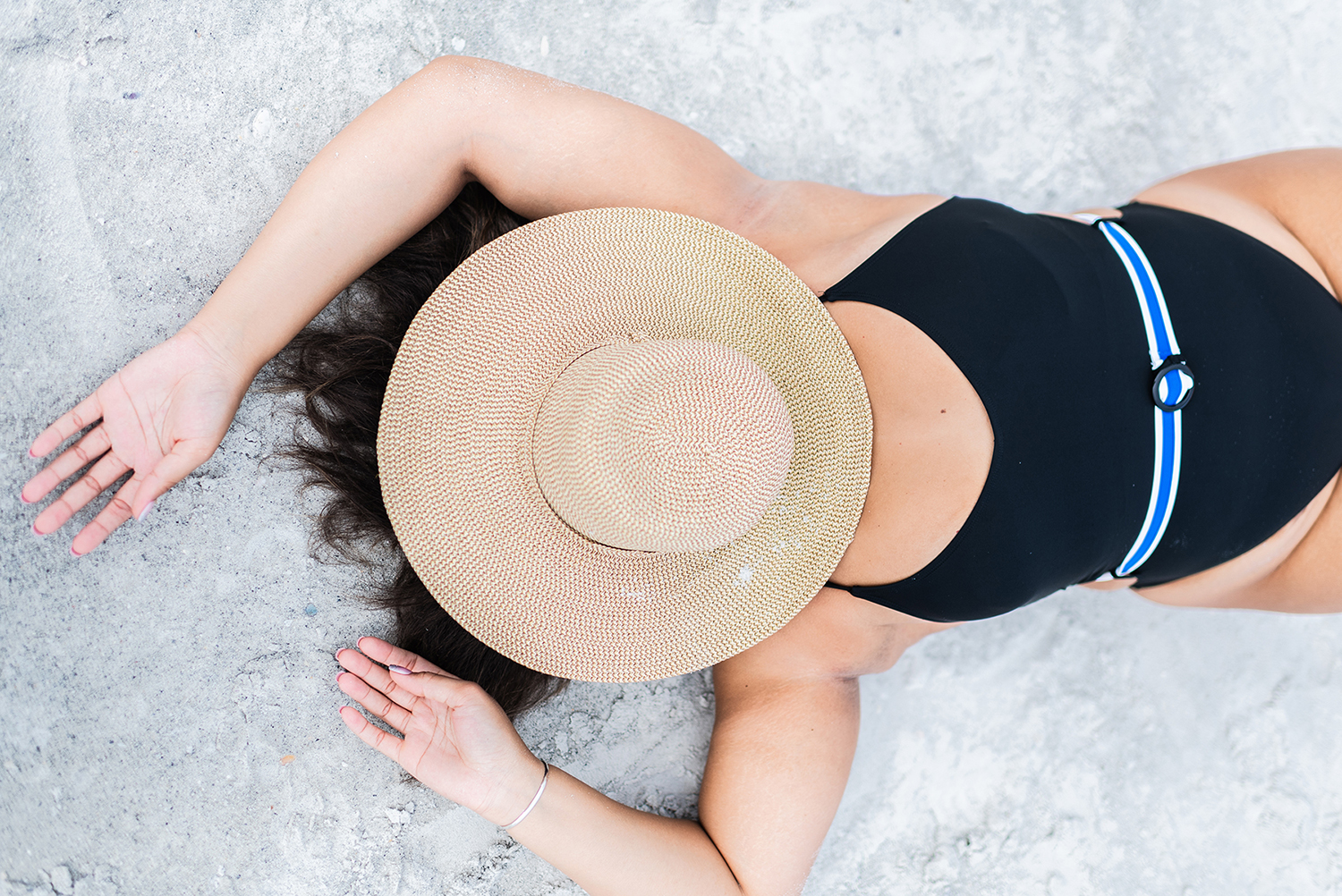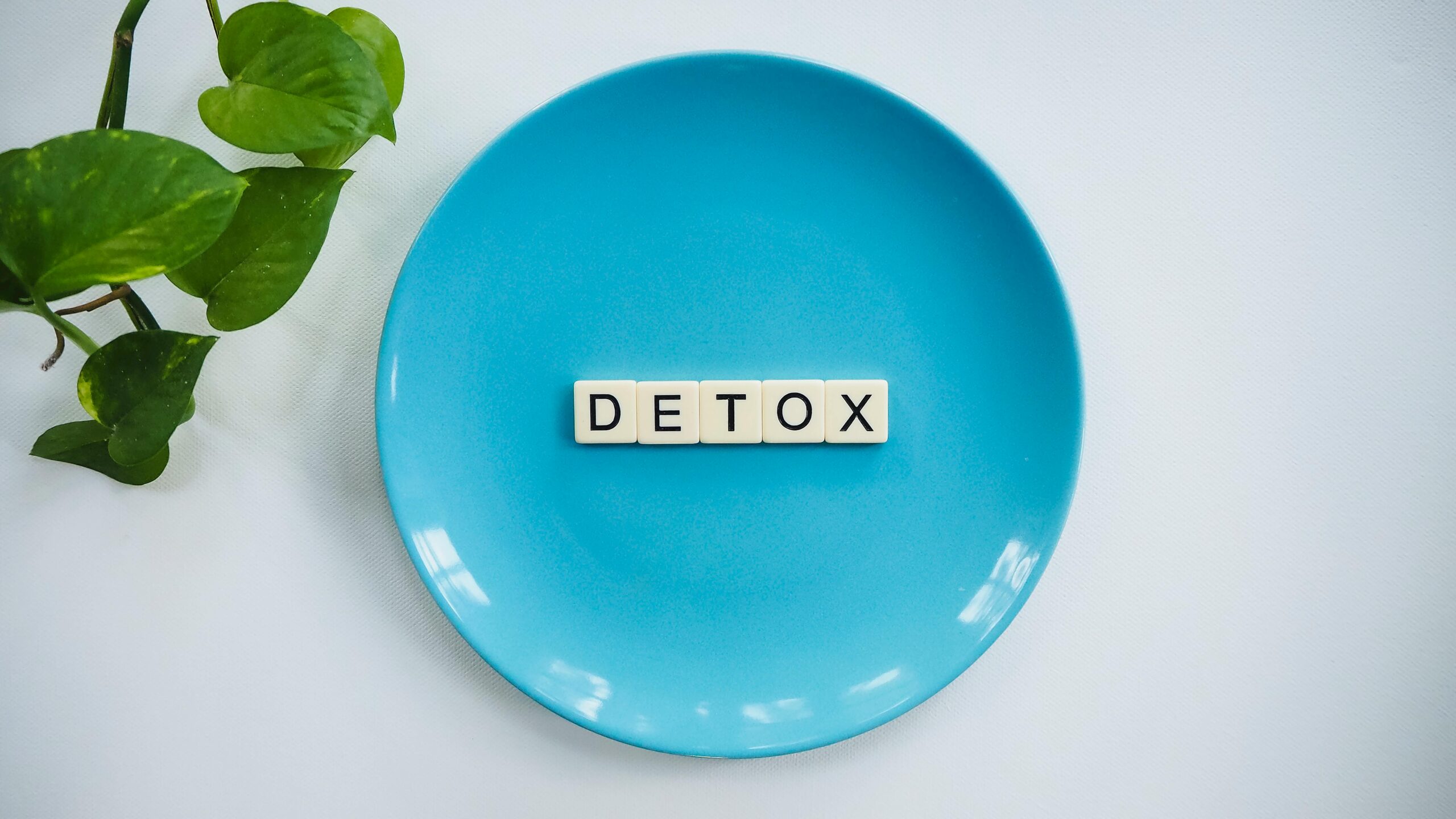
How to manage hot flashes: common triggers and sweat treatments
For those of us *blessed* with hot flashes, one moment you’re cool as a cucumber, and wham! It’s as though someone lit a fuse, ignited a fire, or flipped on a furnace at your core. Before you know it, you’re radiating and soaked with sweat.
Hot flashes are the result of changing hormone levels and the most common marker of menopause. Nearly 80% of menopausal women experience hot flashes and night sweats — and about 30% of those women will have those symptoms severely, according to Mayo Clinic. Experts aren’t clear on exactly how hormone shifts cause hot flashes, but research suggests that when estrogen levels decrease, it can trigger your body’s thermostat (hypothalamus) to become more sensitive. When the hypothalamus thinks your internal temperature is too high, it ignites a chain of events — a hot flash — to cool you off. Hot flashes in your sleep, known as night sweats, can often wake you from sleep and can cause long-term sleep disruptions.
Lucky for you, I’ve personally had more than a decade’s experience in near-daily hot flashes and night sweats (thank you, imbalanced hormones!). Here’s my advice, based on years of research and tried-and-true tricks to help you beat the heat.
What are common hot flash triggers?
While hormones are the cause of hot flashes, many things in your daily life might set one off. Triggers of hot flashes include:
- Hot weather. Hello, summer!
- Heat. I stopped blow-drying my hair altogether. I’ve also accepted that most workouts will end up feeling like a hot yoga class.
- Caffeine. Yep, even an iced latte. Try double-fisting with ice water.
- Alcohol. I’ve opted for non-alcoholic beers at night and noticed significantly less night sweats.
- Spicy foods. Feelin’ hot, hot, hot! Try switching up seasonings or lowering the spice level if spicy foods often trigger an uncomfortable sweat-fest.
- Tight clothing. Prioritize flowy breathability over a snatched silhouette whenever possible. You’ll thank me later.
Some factors might put some people at a higher risk for hot flashes and night sweats over others, such as:
- Smoking. Not only can it result in more hot flashes more often, but nicotine can also impact your hormone levels.
- Stress. In fact, people with anxiety are three to five times more likely to have hot flashes, according to a 2005 study.
- Obesity. A high body mass index (BMI) is associated with a higher frequency of hot flashes, according to the Mayo Clinic.
- Race. More Black women report having hot flashes during menopause than do women of other races, according to a 2022 study.
- Other conditions. Talk to your doctor about how your unique situation affects your hormone and hot flash journey. You never know, maybe a medication for an unrelated condition could be causing you to sweat excessively.

Stay prepared for a heatwave
Few things are worse than a hot flash at an inconvenient time. If you know you’ll be in a setting or space that could trigger a hot flash, travel accordingly. Here are things you’ll find in my oh-please-don’t-make-me-swampy-today bag.
Deodorant! I swear sweaty pits beget more sweat. Because so many of us are sweaty Bettys, more companies are coming out with on-the-go options to keep the armpit stank at bay. Try these handy deodorant cream packets or these Secret Freshies that look like a ball of lip balm and are easy to find in a purse.
Fans. Next to deodorant, I am a huge fan of fans for hot flash management. For my bedroom, I’ve invested in a fan-tastic remote-controlled oscillating tower with a quiet-yet-powerful airflow, aromatherapy options, and even a setting that mirrors a windy breeze. My new favorite travel option is this mini cordless fan. It’s nearly silent, holds a long charge, and can be handheld, set on a kickstand or clipped to your beach chair. If the occasion calls for a bit more formal or fashionable option, carry a classic foldable handheld fan. It’s a chic accessory that packs a functional punch. (Every wedding I bring one to, someone tries to steal it from me!) I recommend you invest in a variety pack and stick one in every purse.
Headbands or sweatbands. Hear me out—no one wants to have their face dripping wet if they can help it. Sweat often pools at the hairline and down into your brows, potentially soaking off any makeup or skincare. If I know I’ll be doing a particularly hot activity, like a workout class, outdoor hike or even a day full of errands, I will bring one of my face-wash headbands and pop it on as soon as I can feel my inner heat monster rising. If you’re not the type to wear a giant fluffy bow on the go, sweatbands or any wide headband will do the trick.
Face wipes. Facial sweat = clogged pores = no good! I personally love these cleansing towelettes by Neutrogena and often store them in the fridge for an extra-cool cleanse.
Good old-fashioned ice bag. Once this cloth ice bag came into my life, I can’t travel without it. I lovingly refer to it as “my sack.” It’s leak-proof and soft, so you can fall asleep with it on your head and kiss night sweats goodbye.
Wardrobe alternates. I often bring an extra set of bra and panties around in the summer, knowing I will likely sweat through the first set by lunch. I also recommend wearing socks whenever possible (yes, even with heels or sandals – I promise it can look chic) as they soak up sweat versus letting it pool up in your shoes. Plus, taking off your socks is a fast and easy way to cool yourself down.
Arm pads. If you want to say “See ya!” to stains, try disposable sweat pads. Attach these fleece pads to your pits like a Band-Aid and experience a breathable-yet-absorbent way to cool your underarms. Numi, a women’s clothing company based in Canada, sells undershirts with sweat-absorbent underarm pads.
What are sweat treatment options?
Since living naked in a freezer isn’t an option, there are many other types of treatments to help you find relief from excessive sweating. As always, consult with your doctor.
Iontophoresis. This at-home treatment can reduce hand, foot, and underarm sweat, and is sometimes covered by insurance. After soaking your skin in water, you use a small device to produce an electrical current that blocks sweat glands. To see initial results, the procedure has to be done three times in the first few weeks, and then once a week to keep it up.
Botox. This infamous treatment can be injected to prevent the brain chemical that initiates sweating from activating the sweat glands. Its effects typically wear off after a few months. Botox is sometimes covered by health insurance.
miraDry. Reduce underarm sweat with this treatment administered by a trained medical professional. Once they numb the skin with lidocaine, they apply heat to the area with a device to destroy its sweat glands. miraDry is typically not covered by health insurance and can cost thousands of dollars.
Endoscopic thoracic sympathectomy. This minor outpatient surgery is usually a last resort treatment, but it can effectively reduce sweating that affects specific body parts. During the surgery, doctors make small incisions under the arm and destroy nerves that stimulate sweat.
Natural alternatives. Create a small ice shower by dropping cubes down your back or take a cold shower. Meditation is also shown to decrease the amount of hot flashes, according to a 2011 study.
Ultimately, a hot flash is our body’s natural way of cooling itself down, so your best bet sometimes is to ride it out. Before you know it, the hot summer months will be over in a flash.
Read more on hot flashes
Hot flashes beware: Embr Wave is here




